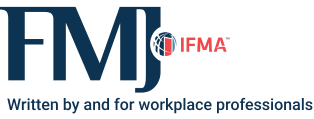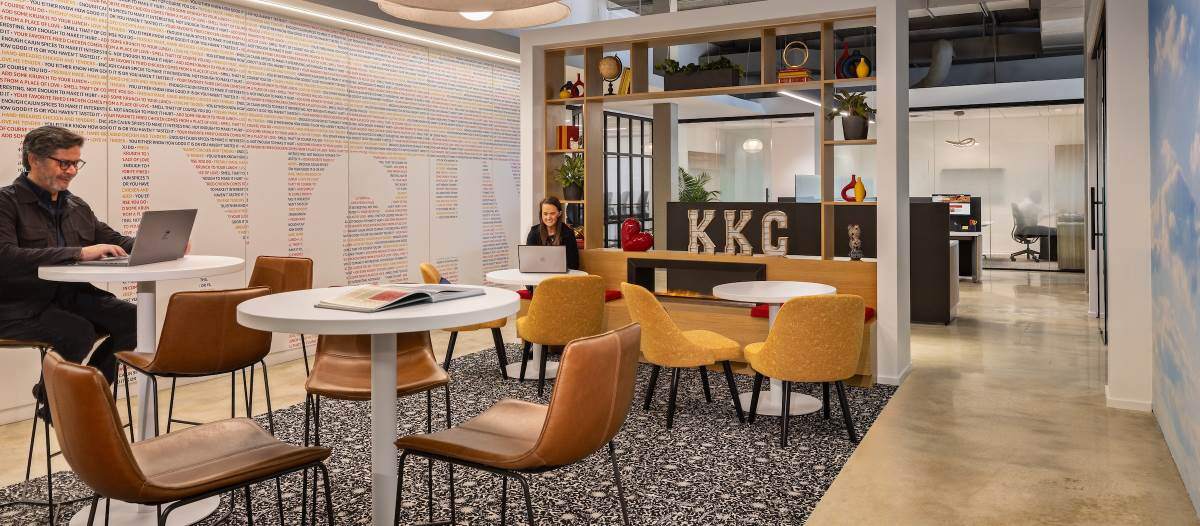So much has happened since COVID-19 forced organizations and facility managers to respond to the changes that were required to maintain business operations and accommodate staff in various work models to facilitate that process. One thing is certain, the workplace will not return to the way things were before the pandemic. Many organizations have accepted this trend and are implementing strategies to thrive in this new reality based on staff retention and competitive pressures. Venture capitalist Marc Andreessen mentioned in a recent podcast that the rise of remote work could represent potentially a civilization-level change and "an earthquake" in how we live. This is a large claim but is not an overstatement.
A report from Microsoft (The Next Great Disruption is Hybrid Work – Are we ready? March 2021) indicates that 73 percent of workers want remote work options to stay, and 66 percent of businesses are planning to redesign offices, so they are strategic assets. An incredible 46 percent of workers are considering changing jobs for reasons to work remotely.
Findings from a 2022 Cisco Global Hybrid Work study include, “Hybrid working has improved every area of wellbeing, work-life balance, and performance for employees.” It is hard to refute such performance improvements; increases in quality of work by 50.3 percent, productivity gains by 54.8 percent, job knowledge and skills by 48.7 percent and workplace relations and attitude by 39.9 percent
While companies are taking initiatives to be attuned to the new work culture, it goes beyond. The Netherlands is tabling legislation to establish home working as a legal right.
What is the Hybrid Workplace Model? According to WeWork, it is “a type of work environment that combines aspects of remote working and in-office working.” There are various ways to implement this model and it is dependent on company requirements. The amount of WFH (Work from Home) and Office scenarios can be tuned to specific business units and individual needs. While there are a few elements that comprise the Hybrid model and strategy, it is essential that worker social/emotional/mental well-being is increased, and business outcomes (performance improvements) are monitored to ensure success.
There is a reason for people being the first pillar in the familiar framework that relates to the four pillars of FM: People, Places, Process and Technology. There is much that can be expanded on this subject, but it is fair to say that the Hybrid Workplace Model is here to stay and companies that embrace this model will be successful in the changing landscape of uncertain times. Technology plays an important role, but your people make it happen.

Read more on Workplace or related topics Workplace Utilization
Explore All FMJ Topics










